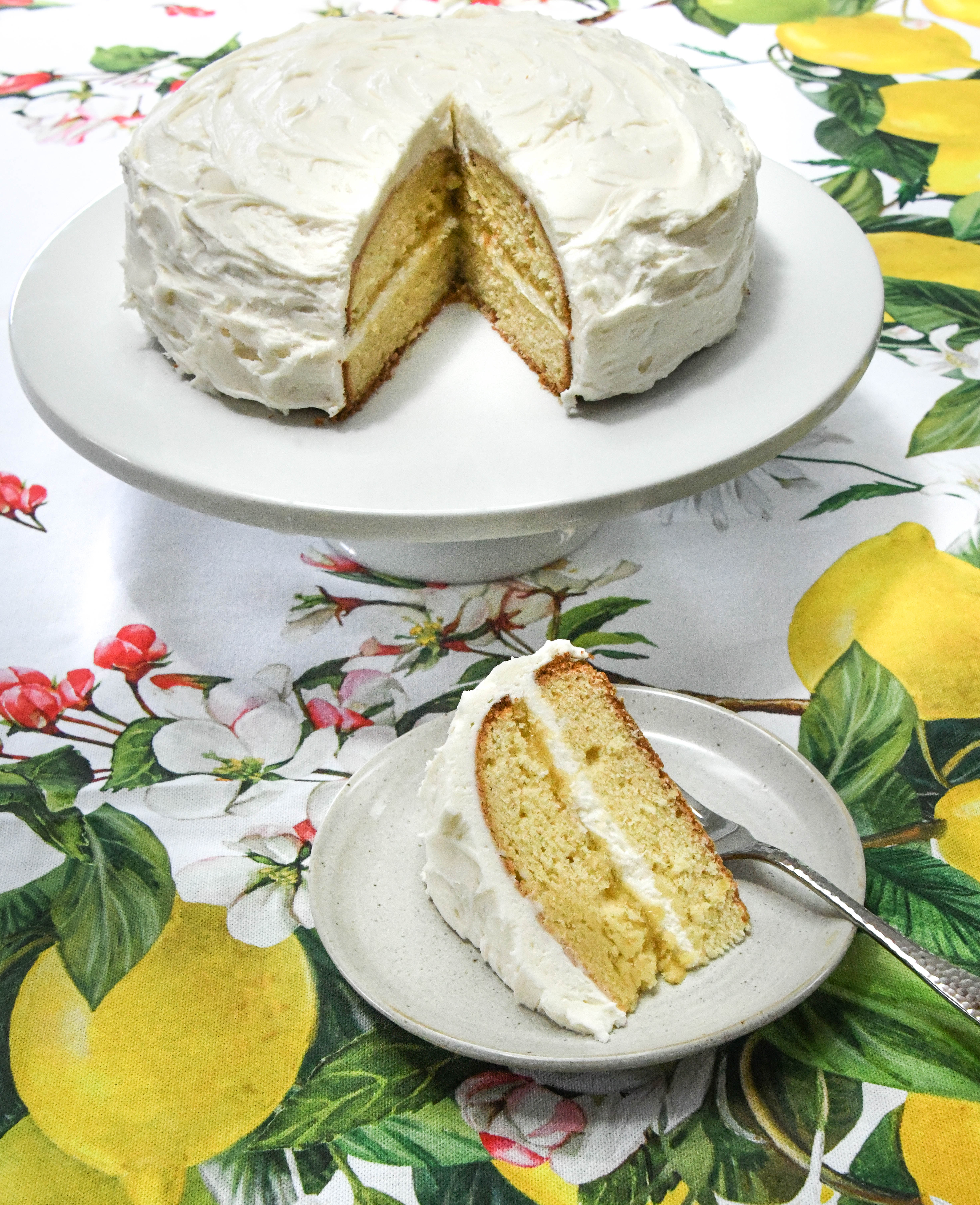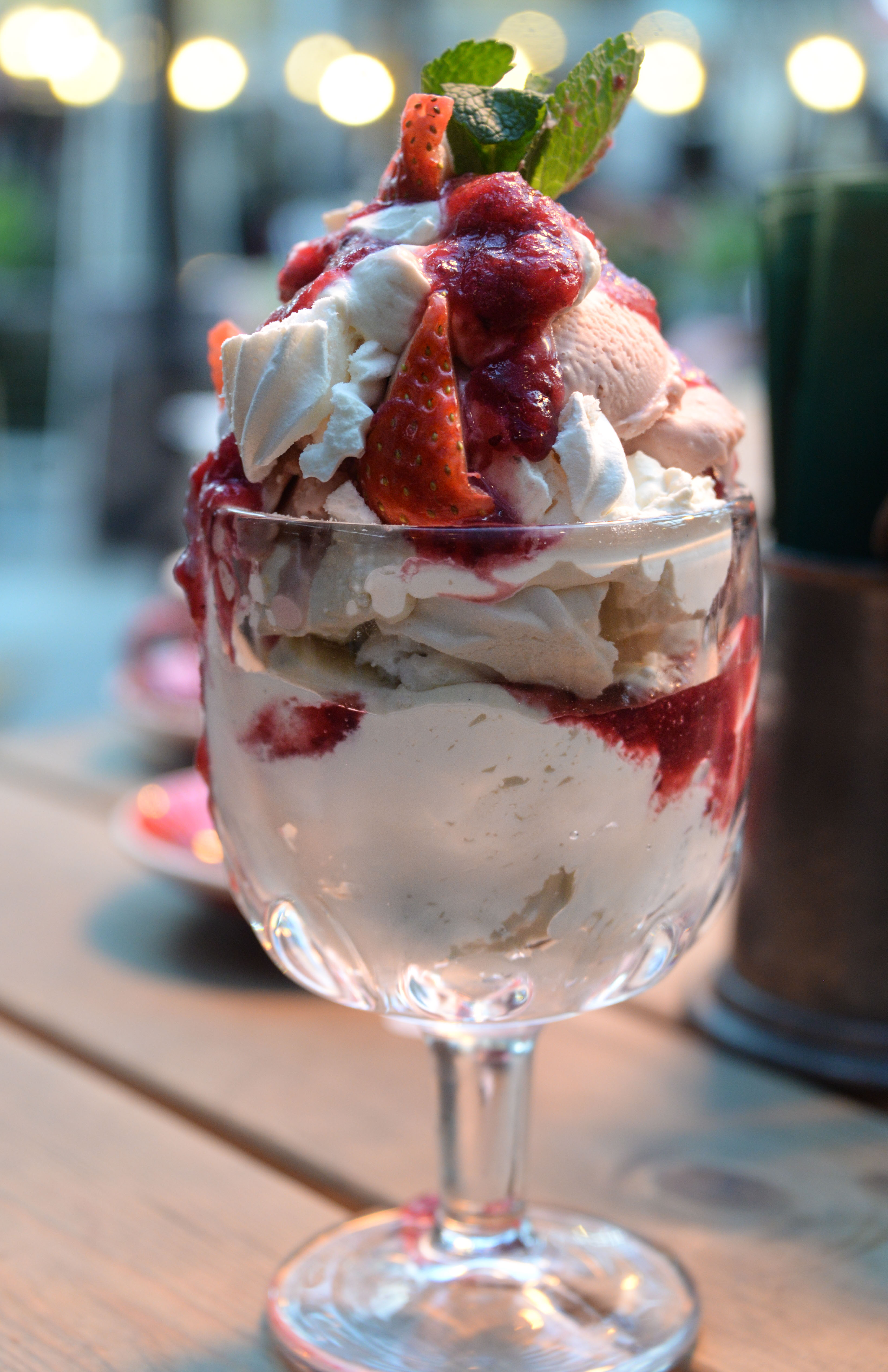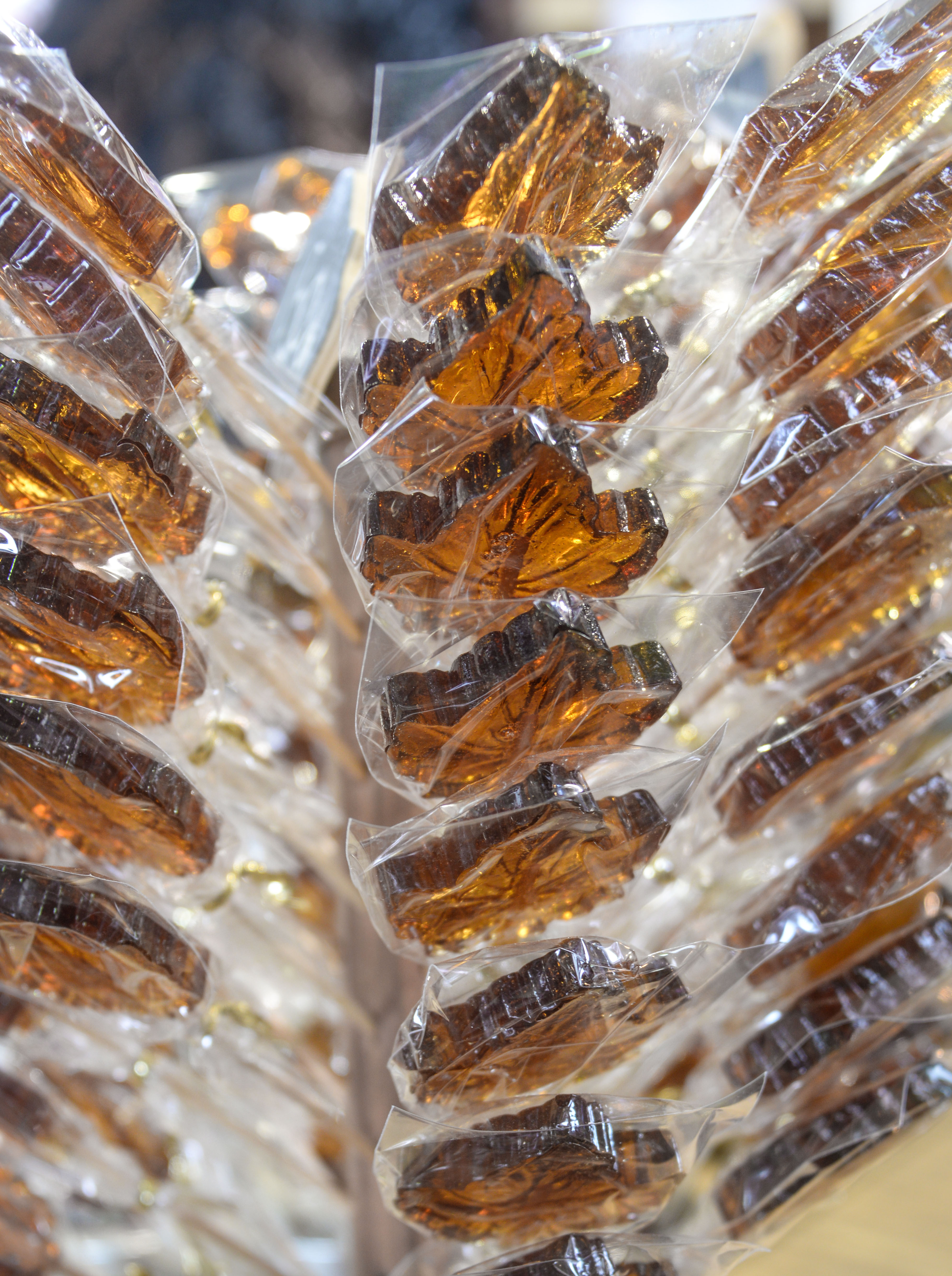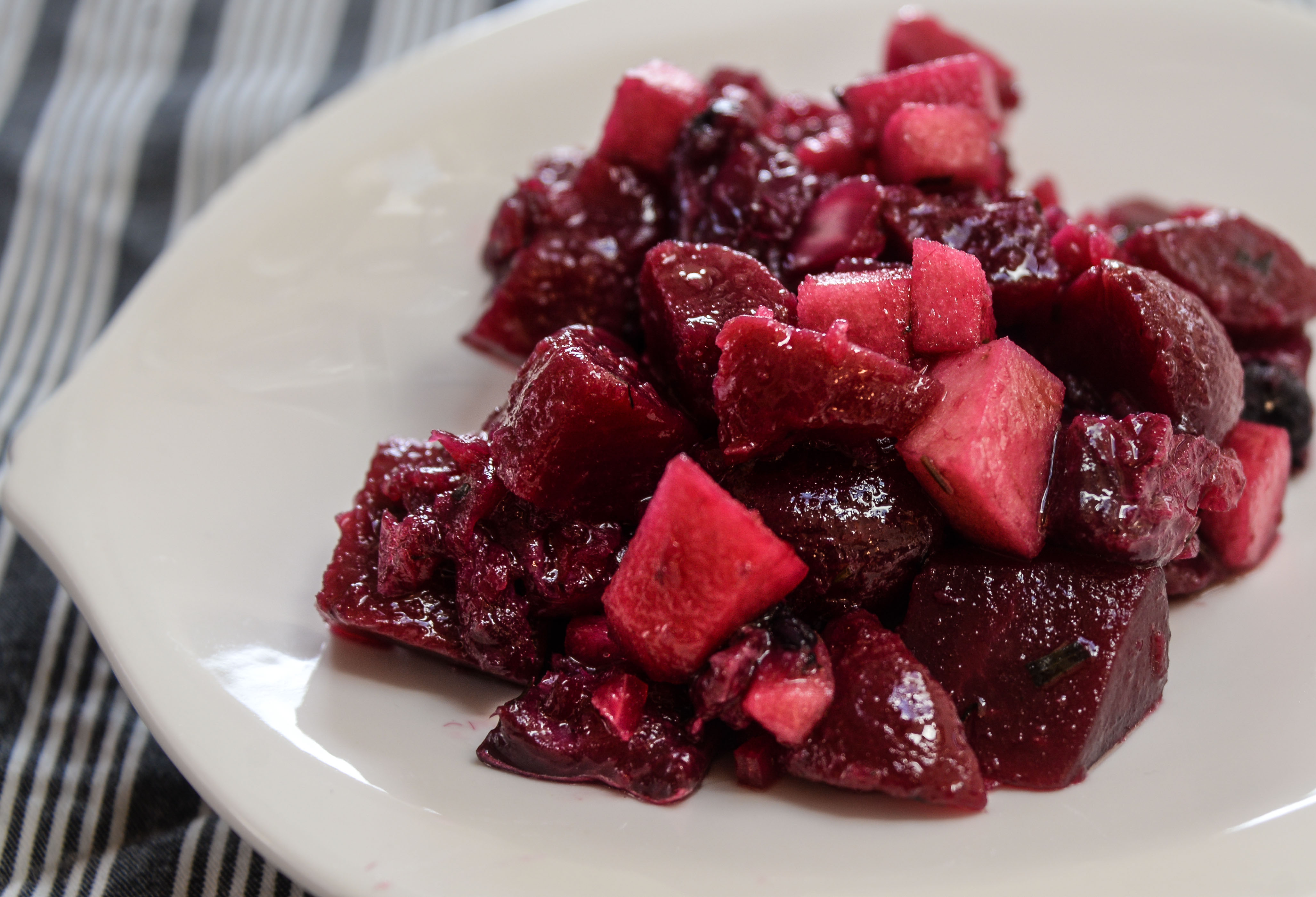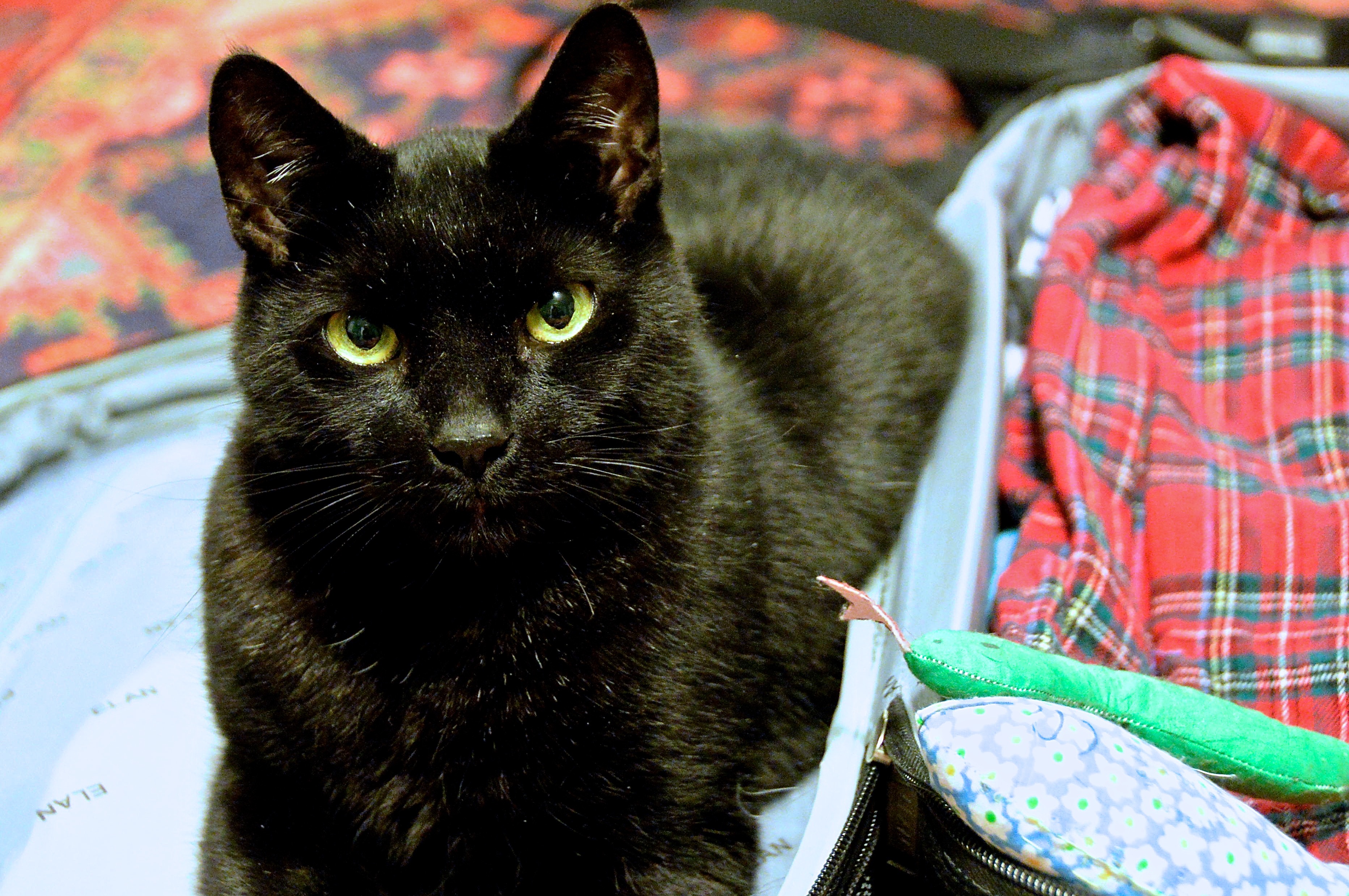Luscious Lemon Curd Cake
For such a delicious topping, lemon curd has been cursed with a rather unappetizing name. By definition, curd is the semi-solid created when acid is added to milk. True curds possess a rubbery and sometimes grainy texture. Lemon curd has a smooth, thick and creamy feel and sweetly tart taste. So, how did this British creation end up with such a misleading name? The curd in “lemon curd” In its earliest form lemon curd was the result of mixing lemon juice with cream. The watery part of this mixture, the whey, was drained off. What remained was lemon-flavored curds or lemon curds. By the late 1800s modern lemon curd had entered the kitchen. This new version consisted of eggs, lemon juice, sugar and butter and had a velvety texture. Although the ingredients had changed, the name remained the same. A travel-inspired dessert Similar to most of my recipes, this cake originated from a trip. Earlier this month I returned to Canterbury, England; high school students and English majors might recognize as the pilgrims’ destination in …
